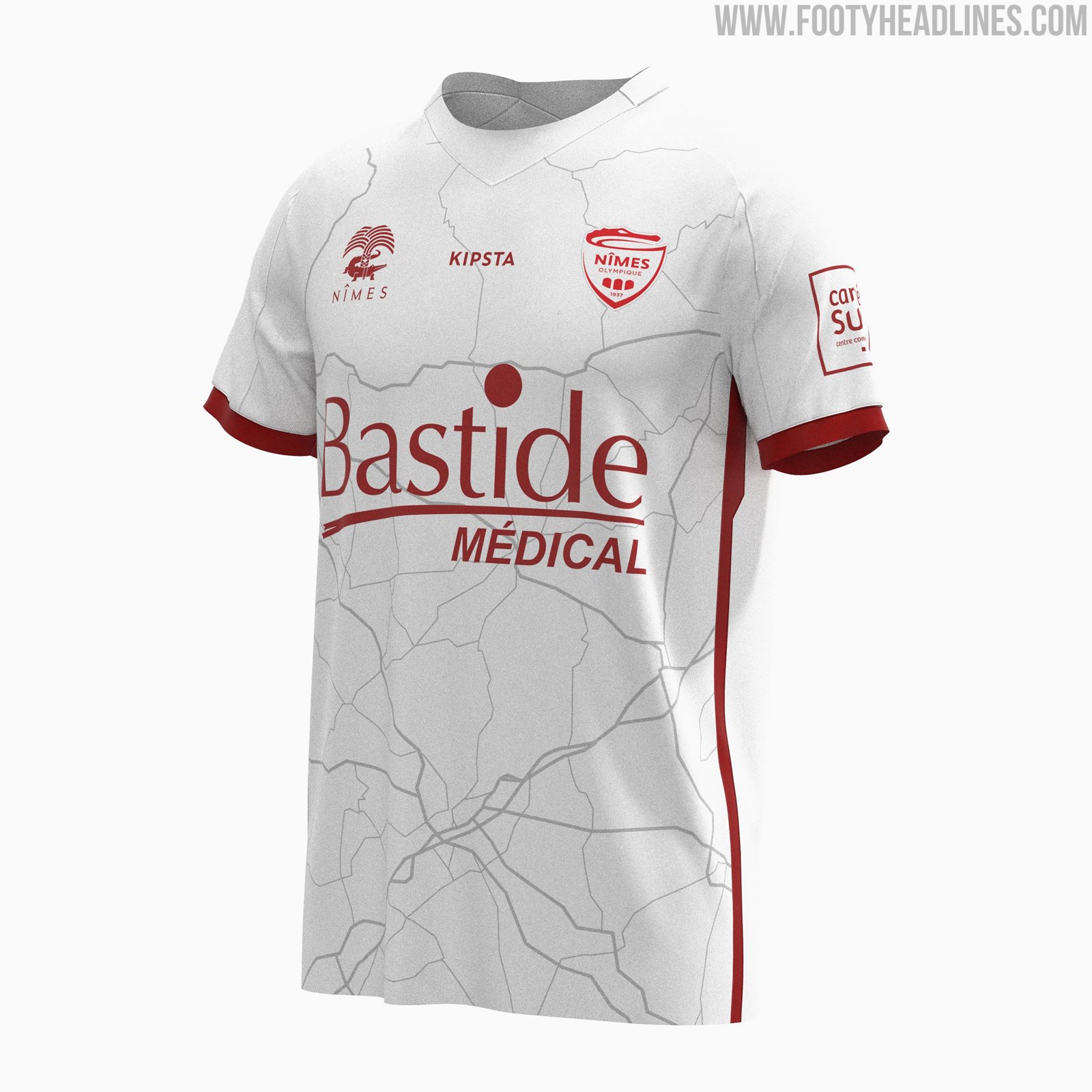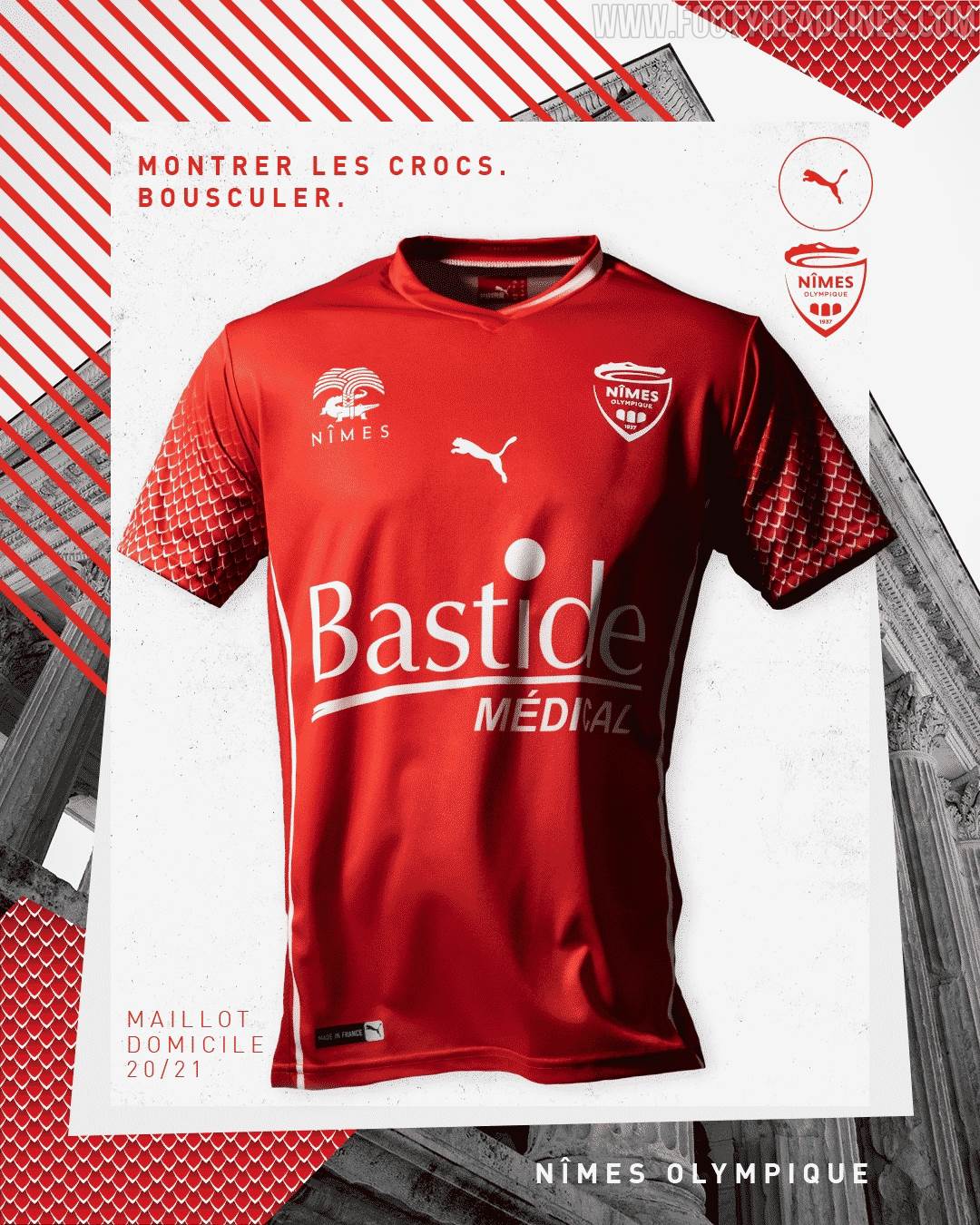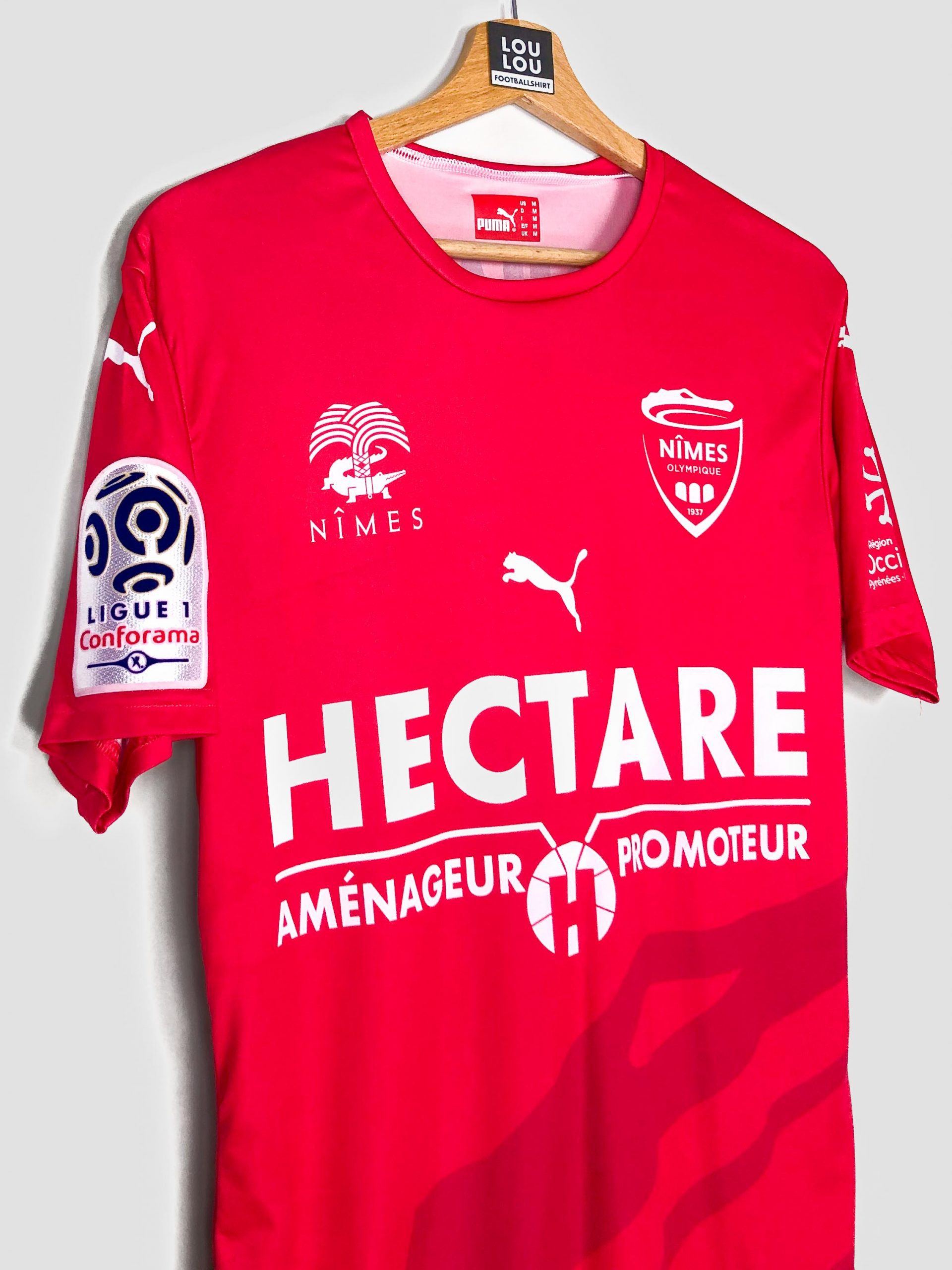
MAILLOT 15 PORTÉ Nimes Olympique 2017-2018 réserve champion national 3 Puma M EUR 69,90 - PicClick FR

PUMA Football & Le Nîmes Olympique Dévoilent Les Nouveaux Maillots Domicile, Extérieur Et Third Pour La Saison 2021-2022 - ESSENTIAL HOMME


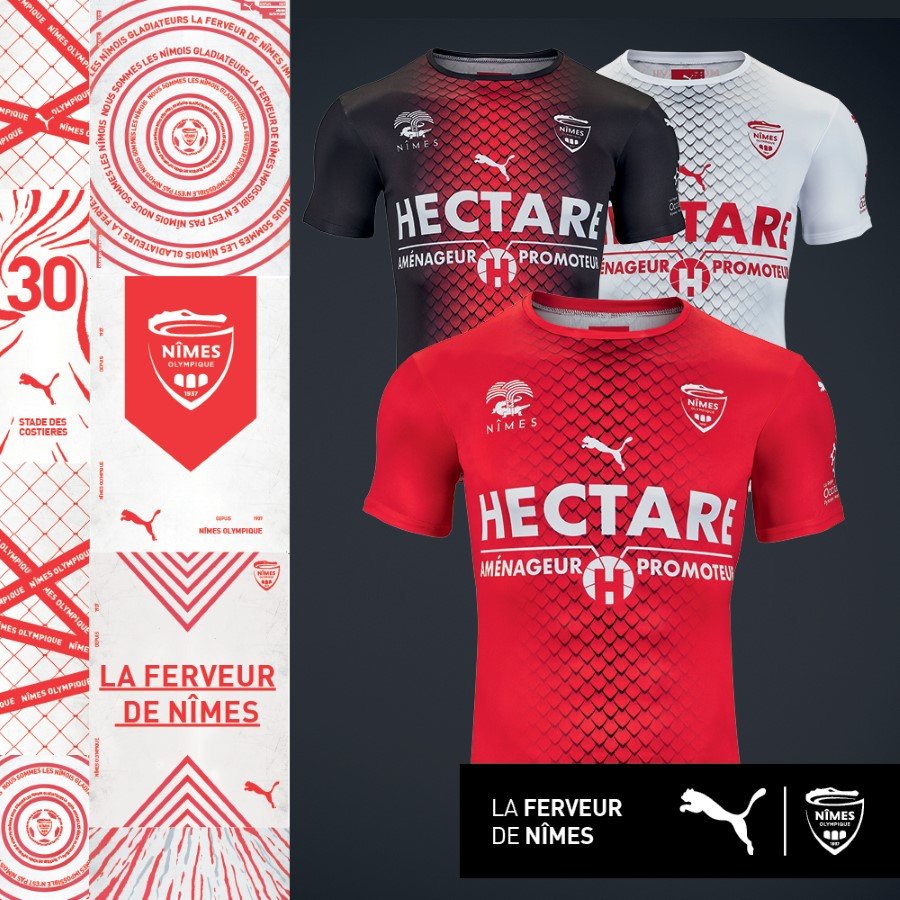

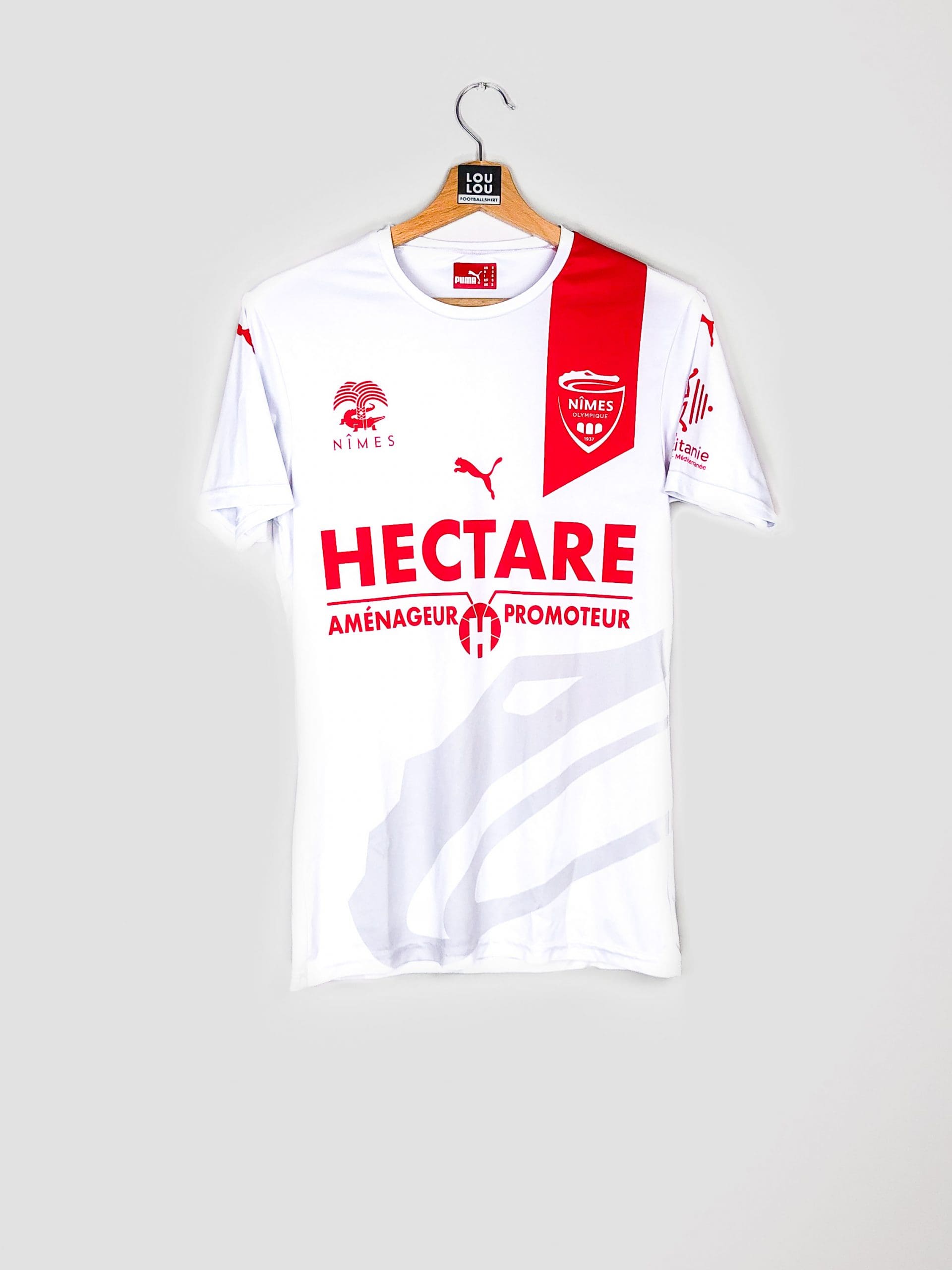


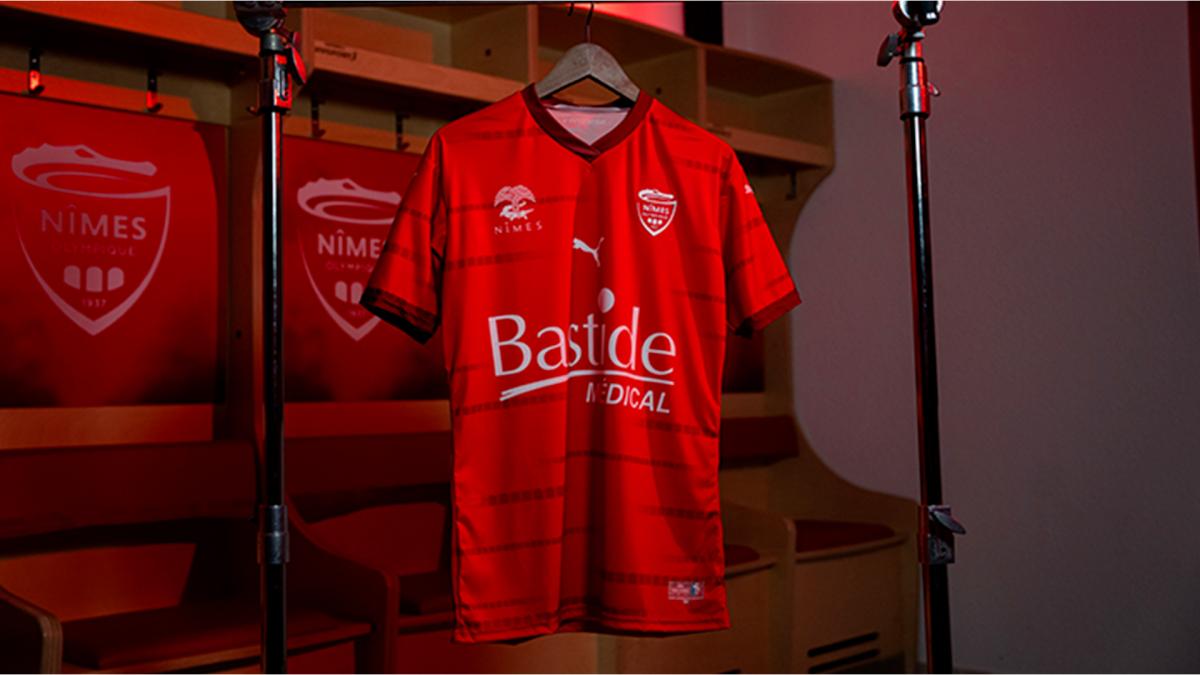








![Nîmes Olympique - Puma dévoile les 3 maillots 2019-20 des Crocos [OFFICIEL] Nîmes Olympique - Puma dévoile les 3 maillots 2019-20 des Crocos [OFFICIEL]](http://www.sportune.fr/wp-content/uploads/2019/07/Maillots-Nimes-Olympique-2019-20.jpg)

